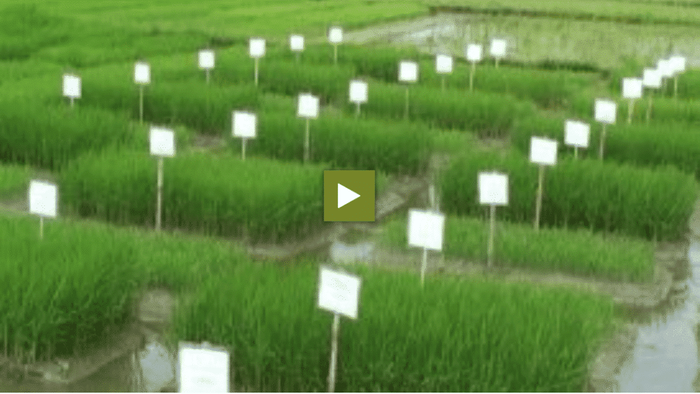Some new rice varieties can tolerate floods for two weeks. If you live in flooded areas, you should ask your local dealer where to get flood tolerant rice varieties.
Sometimes lowland rice gets destroyed by floods. Flood water stands for a long time and kills the plants. It damages them, because it blocks the sunlight, which the rice plants need. After flood water goes down, many farmers have to renew the fields. But then they can have difficulties with finding seedlings, fertilizer or helpers.
Areas with flood
If you live in a area with flood, you should sow seeds of flood tolerant rice varieties. Make sure, that the seeds are healthy and not affected by insects or diseases. After harvesting the rice you should let some seeds dry in the sun, clean them and store them in your house. Therefore use a polythene sack which is placed inside a jute bag.
Confirm that you use strong and vigorous seeds. Don‘t plant too many seeds, because otherwise they will be thin and weak and will be destroyed by flooded water easily. Where you usually would apply two kilograms you should plant only half a kilogram. Then the seedlings will be as strong to survive 10 to 15 days with flooded water.
Four week old seedlings are stronger than three week old seedlings. Therefore, you should transplant the ones that are a little older.
When the flood water went down, mud is left over. This mud sticks to the rice leaves and makes it impossible for them to breathe and receive sunlight. It is important to carefully remove the mud. Ensure to remove any leftover water, weeds or trash arrived with the flooded water.
Don‘t apply urea directly after the flood, because otherwise the rice plants start to rot. One week after the flooded water went down, the plants can recover and are able to take new nutrients. Then you can add 40 kg of urea per hectare and 40 kg of potassium fertilizer. After two weeks add 40 kg of urea again but don‘t apply potassium anymore.



















